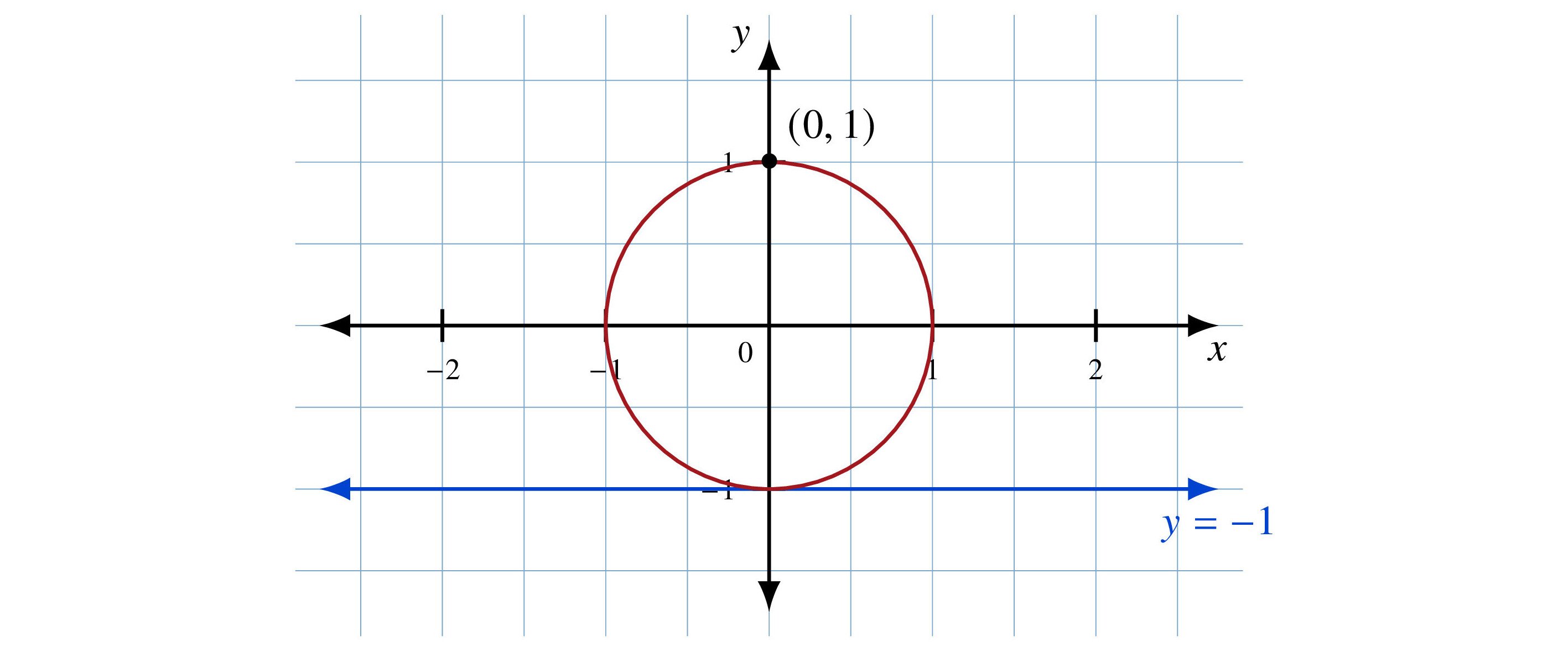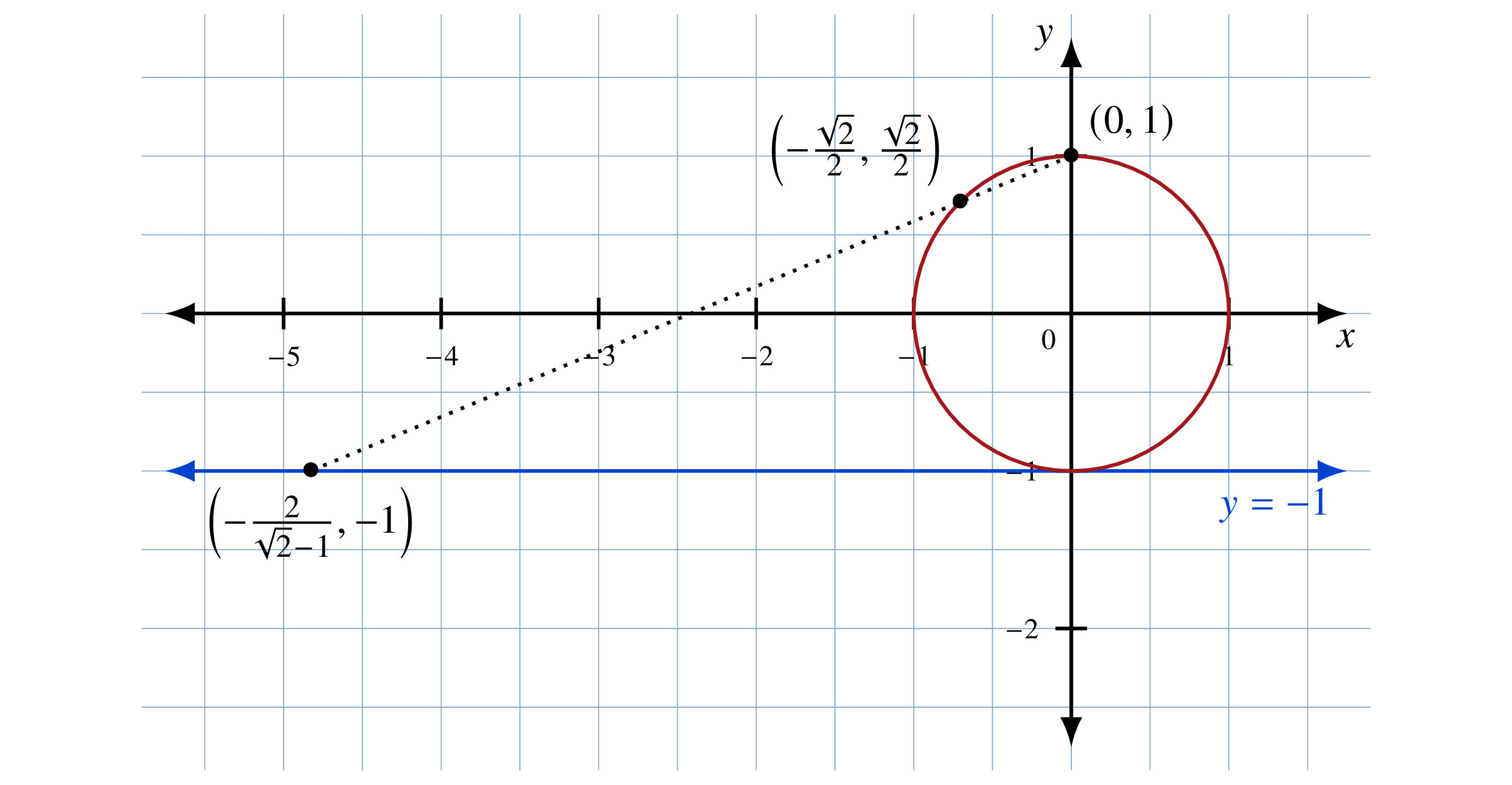One Qubit
Anyone who is not shocked by quantum theory has not understood it.
Niels Bohr
11
A quantum bit, or qubit, is the fundamental information unit of quantum computing. In this chapter, I give a mathematical definition of a qubit based on the foundational material in the first part of this book. Together, we examine the operations you can perform on a single qubit from mathematical and computational perspectives. qubit
Despite a single qubit living in a seemingly strange two-dimensional complex Hilbert space, we can visualize it, its superposition, and its behavior by projecting it onto the surface of a sphere in R3.
All vector spaces considered in this chapter are over C, the field of complex numbers introduced in section 3.9. All bases are orthonormal unless otherwise specified. vector$orthonormal














